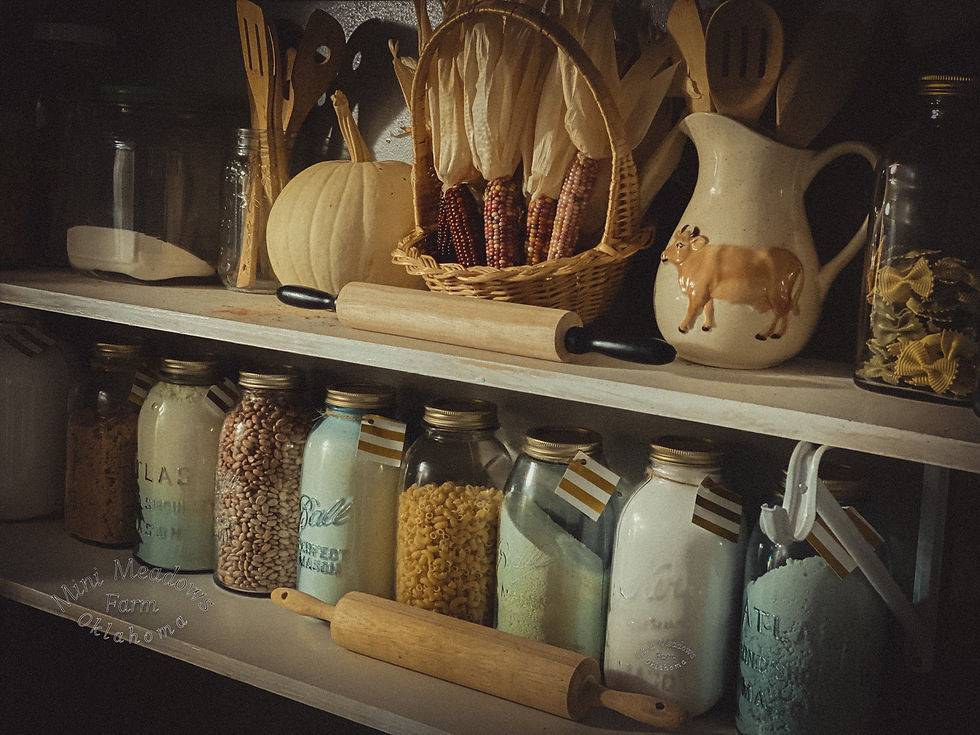
Harnessing the Power of Crossbreeding: Unlocking Specific Qualities in Cattle
- kimberkay777
- Jan 24
- 3 min read
Crossbreeding offers a powerful tool for cattle producers to optimize desired traits and improve overall herd performance. By strategically combining different breeds, farmers can achieve specific qualities such as heat resistance, fast growth, fly control, health, calving ease, milk production, and more. In this article, we delve into the realm of crossbreeding and explore some of the best breed combinations to attain these desired characteristics.
1. Heat Resistance:
To enhance heat resistance in cattle, a crossbreeding strategy involving Brahman genetics is highly effective. The Brahman breed brings heat tolerance, adaptability, and resilience to tropical and subtropical climates. Crossing Brahman with other breeds, such as Angus or Hereford, can produce offspring with improved heat resistance while maintaining desirable meat quality traits.
2. Fast Growth:
For producers seeking rapid growth rates, incorporating Continental breeds such as Charolais or Simmental into crossbreeding programs can be advantageous. These breeds are known for their exceptional growth potential and high feed conversion rates. By crossing Continental breeds with British breeds like Angus or Hereford, farmers can achieve offspring with enhanced growth rates and desirable carcass traits.
3. Fly Control:
In regions where fly control is a significant concern, crossbreeding with the Pinzgauer breed can provide natural resistance to flies and other pests. Pinzgauer cattle possess a unique coat coloration and hide characteristics that make them less attractive to flies. Crossbreeding Pinzgauer with other breeds allows for the transmission of this fly-resistant trait to subsequent generations.
4. Health and Disease Resistance:
Incorporating the genetics of Zebu cattle, such as Brahman or Nellore, into crossbreeding programs can enhance overall herd health and disease resistance. Zebu cattle have evolved in tropical environments, developing natural resistance to diseases, parasites, and heat stress. Crossbreeding Zebu breeds with local or British breeds can result in offspring with improved adaptability and disease resilience.
5. Calving Ease:
For producers aiming for calving ease and reducing the incidence of dystocia (difficult births), utilizing the genetics of low birth weight breeds like Angus or Red Angus can be beneficial. These breeds are known for their moderate frame size and ease of calving. Crossbreeding them with larger Continental breeds can help retain the desired growth potential while improving calving ease.
6. Milk Production:
To enhance milk production in crossbred offspring, incorporating genetics from dairy breeds such as Holstein or Jersey can be advantageous. These breeds excel in milk production and udder quality. By crossing them with beef breeds like Angus or Limousin, producers can achieve cows with improved milk production capacity while maintaining desirable beef traits in their calves.
7. Docility and Temperament:
For cattle with calm temperaments and ease of handling, incorporating the genetics of docile breeds such as Red Poll or Shorthorn can be beneficial. These breeds are known for their gentle nature and ease of management. Crossbreeding with docile breeds can help improve overall herd temperament and make handling and working with cattle less stressful.
Conclusion:
Crossbreeding provides a powerful tool for cattle producers to selectively optimize specific traits and achieve desired qualities in their herds. By carefully selecting breed combinations based on desired traits such as heat resistance, fast growth, fly control, health, calving ease, milk production, and temperament, farmers can customize their breeding programs to suit their specific goals and environmental conditions. The versatility and flexibility of crossbreeding allow for continuous improvement and adaptation, ensuring the long-term success and profitability of cattle operations.





Comments